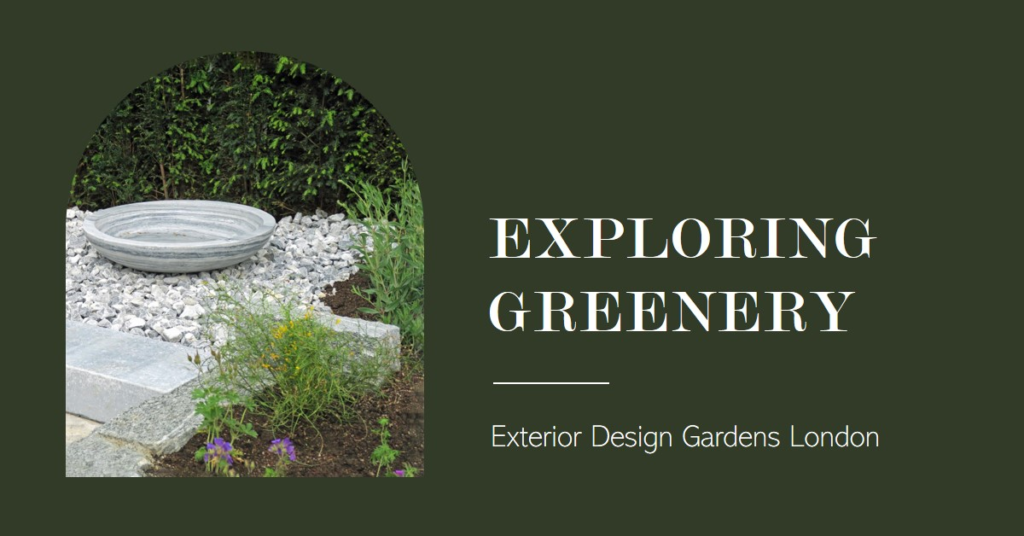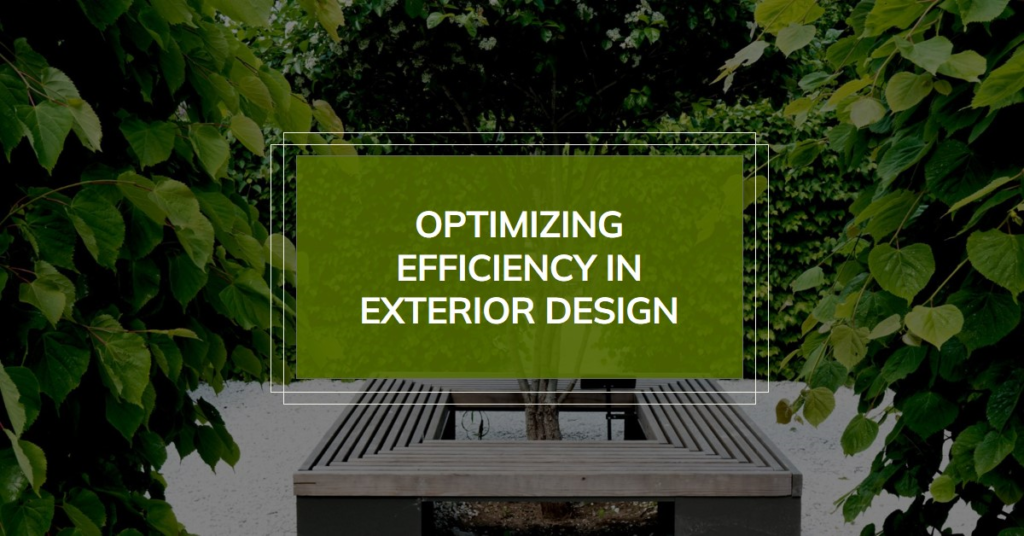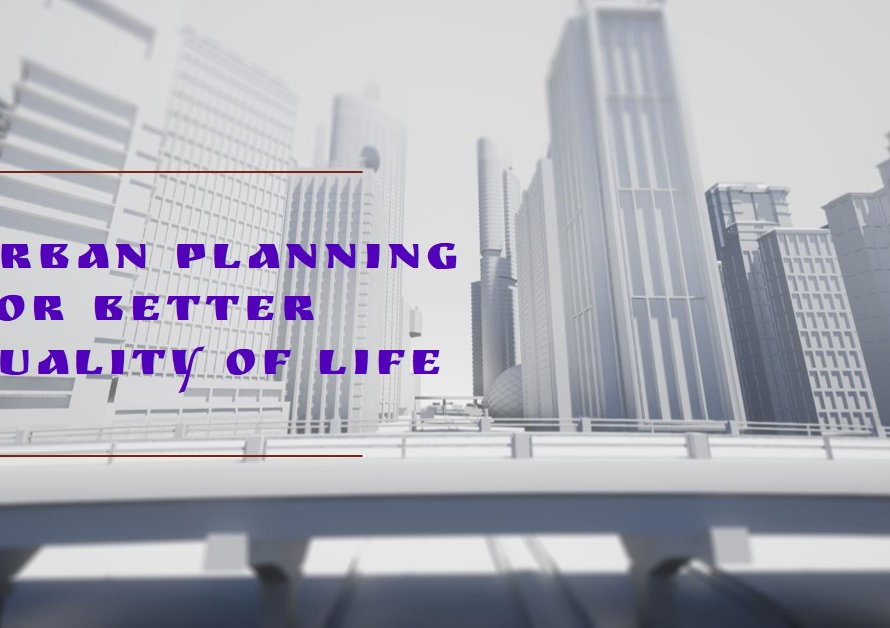
Table of Contents
- Introduction: Exterior Design
- A Historical Perspective on London’s Gardens:
- The Influence of Royal Gardens:
- The Role of Public Parks:
- Contemporary Garden Design Trends:
- The Charm of Small Urban Gardens:
- The Importance of Garden Planning:
- Integrating Art in Garden Design:
- Community Gardens and Social Impact:
- Future Directions in Garden Design:
- Conclusion:
Introduction: Exterior Design
Exterior Design – London, a city renowned for its rich history and vibrant culture, is also a haven for garden enthusiasts. The metropolis is adorned with an array of gardens that showcase the ingenuity of exterior design, blending nature with urban living. In this blog post, we will delve into the world of London’s exterior design gardens, exploring their unique characteristics and the inspiration they offer.
A Historical Perspective on London’s Gardens:
London’s gardens have evolved significantly over the centuries. From the royal gardens of the Tudor period to the communal green spaces of today, each era has left its mark on the city’s landscape. Historically, gardens were a symbol of status and power, meticulously designed to showcase wealth and sophistication.
In modern times, however, these spaces have transitioned into communal areas where people can relax and connect with nature. This shift reflects a broader societal change towards valuing public green spaces for their environmental and social benefits. Understanding this historical context enriches our appreciation of London’s contemporary garden designs.
The Influence of Royal Gardens:
One cannot discuss London’s gardens without acknowledging the profound impact of the royal gardens. The grandeur of Kensington Gardens and the meticulous design of Hampton Court Palace Gardens serve as prime examples. These gardens not only highlight royal opulence but also set the benchmark for garden design in the city.
Kensington Gardens, with its expansive lawns and carefully curated flowerbeds, offers a serene escape from urban life. Meanwhile, Hampton Court Palace Gardens, with their intricate maze and stunning topiary, provide a glimpse into the horticultural expertise of past eras. These royal gardens continue to inspire contemporary designers, merging historical elegance with modern aesthetics.
The Role of Public Parks:
Public parks are the backbone of London’s green infrastructure. Spaces like Hyde Park and Regent’s Park play a crucial role in enhancing the city’s livability. These parks are not just places for leisure; they are vital for promoting physical and mental well-being among residents and visitors alike.
Hyde Park, spanning 350 acres, is a prime example of a multifunctional space. It hosts events, offers sports facilities, and provides peaceful spots for relaxation. Regent’s Park, known for its beautiful rose garden and open-air theatre, combines natural beauty with cultural activities. These public parks demonstrate how well-designed green spaces can serve diverse community needs.
Contemporary Garden Design Trends:
In recent years, contemporary garden design in London has embraced sustainability and biodiversity. Designers are increasingly incorporating native plants, creating habitats for local wildlife, and using eco-friendly materials. This shift reflects a growing awareness of environmental issues and a commitment to sustainable living.
One notable trend is the rise of urban farming and edible gardens. These spaces not only beautify the city but also provide fresh produce for local communities. Another trend is the use of vertical gardens and green walls, which maximize limited urban space while enhancing air quality and aesthetics.
The Charm of Small Urban Gardens:
While London boasts grand parks and expansive gardens, small urban gardens are equally enchanting. These intimate spaces, often tucked away in residential neighborhoods, showcase the creativity and resourcefulness of their designers. Despite their size, small gardens can offer a rich tapestry of colors, textures, and scents.
Urban courtyards and rooftop gardens are prime examples. These spaces transform otherwise unused areas into green oases, providing a respite from the bustling city. They often incorporate clever design elements like multi-level planting, water features, and outdoor furniture to create a harmonious and functional environment.
The Importance of Garden Planning:
Effective garden planning is essential for creating aesthetically pleasing and functional green spaces. It involves careful consideration of various elements such as plant selection, layout, and maintenance requirements. Good planning ensures that gardens remain beautiful and healthy throughout the year.
In London, garden planning often involves addressing challenges like limited space and varying microclimates. Designers must be adept at choosing the right plants that can thrive in specific conditions. Additionally, planning for seasonal changes and incorporating features like irrigation systems can significantly enhance the longevity and sustainability of a garden.


Integrating Art in Garden Design:
Art and garden design have always been intertwined, and this relationship continues to thrive in London. From sculptures and installations to themed gardens, art enhances the visual and sensory experience of green spaces. Artistic elements can transform a garden into a dynamic and engaging environment.
The Queen Elizabeth Olympic Park exemplifies this integration. The park features a range of public art pieces that complement its natural beauty and recreational facilities. Similarly, the Serpentine Galleries’ annual Pavilion design in Kensington Gardens blends cutting-edge architecture with the surrounding landscape, creating a unique cultural experience.
Community Gardens and Social Impact:
Community gardens are a testament to the social power of green spaces. These gardens are often initiated and maintained by local residents, fostering a sense of community and shared responsibility. They provide a space for people to come together, learn about gardening, and grow their own food.
London’s community gardens, such as the Dalston Eastern Curve Garden, highlight the positive impact these spaces can have on urban life. They promote environmental education, encourage healthy lifestyles, and strengthen community bonds. These gardens are also crucial for enhancing urban biodiversity and creating resilient ecosystems.
Future Directions in Garden Design:
Looking ahead, the future of garden design in London is poised to embrace even more innovative and sustainable practices. As climate change and urbanization continue to pose challenges, designers will need to find creative solutions to ensure the resilience and sustainability of green spaces.
Emerging trends such as biophilic design, which seeks to connect people more closely with nature, and the use of smart technology in garden maintenance, are likely to shape the future landscape. Furthermore, there will be a continued emphasis on inclusivity, ensuring that green spaces are accessible and beneficial to all segments of the population.
Conclusion:
Exploring the greenery of London reveals a fascinating interplay between history, design, and community. The city’s gardens, whether grand royal parks or small urban oases, each contribute to the rich tapestry of London’s urban landscape. They offer not only beauty and tranquility but also valuable lessons in sustainability and community engagement. As we look to the future, it is clear that London’s gardens will continue to evolve, inspiring us with their creativity and resilience.


